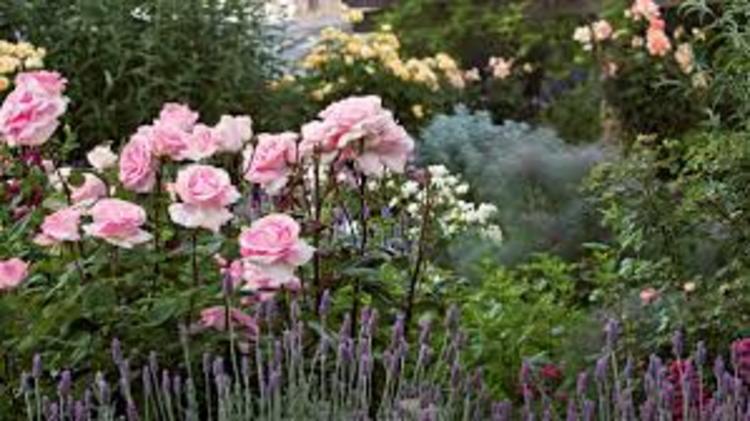 Business Reporters —
Business Reporters —
ZIMBABWE expects to double horticulture production this year, as the country anticipates increased demand from Asian markets, Agriculture Minister Dr Joseph Made has said.
The country is set to commence exports of flowers to China after meeting the quality standards required by the world’s second largest economy.
In December, a Chinese firm, China Industrial International Group Zimbabwe exported a sample of roses to China for quality checks.
Dr Made said the country has potential to double horticulture production, be it both fresh and dried flowers, fruits and vegetables.
But infrastructure would be a key cost driver to enhancing horticulture production and ensure it reaches its full potential in contributing to the country’s gross domestic product.
“We can double up production, there are flowers we can produce in the open field or in green houses. We can also plant vegetables,” said Dr Made on the sidelines of a tour of the diversified CIIG warehouses.
“We have to work hard in terms of the volumes; if we can push the volumes and quality too,” he said.
In line with this, he said Government was also looking at increasing horticulture producers in the country to meet the rising demand especially from China, which has a huge market for fresh produce that Zimbabwe can capitalise on.
“That is what we want to work on, to say what is the market demand and how many farmers can we get to produce throughout the year in both summer or winter, from what we know the Chinese market is quite big,” he said.
CIIG indicated it would contract small scale farmers to increase horticulture production in the country as well as boost exports.
The sector employs thousands of individuals across its value chain.
Horticulture used to be a major sub-sector with quick export returns of about $143 million at its peak in 1999 /2000.
In 2001, Zimbabwe was ranked second largest exporter of horticulture products in Africa, after Kenya and was the fifth biggest exporter into Europe.
However, last year the country recorded $54 million from exports of horticulture produce, representing a 10 percent increase from prior year’s $49 million although the figure is still a pittance compared to countries like Kenya whose annual export earnings reached $1,2 billion last year.
